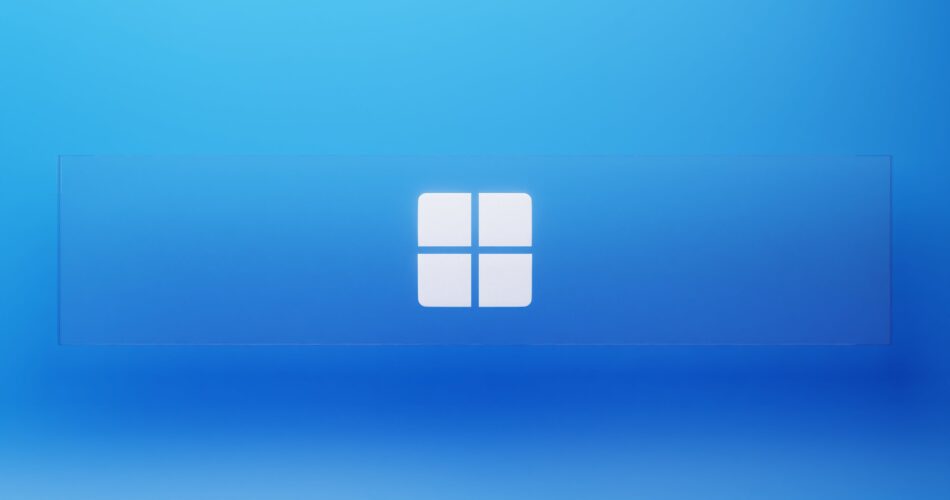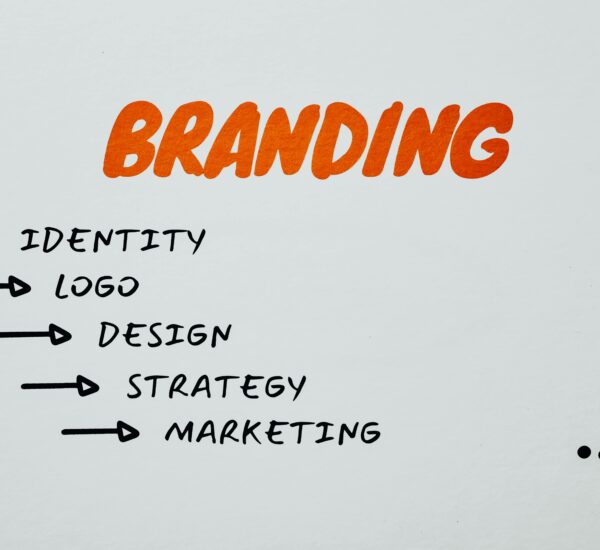In the world of digital advertising, Google Ads has long been the reigning champion, capturing the majority of advertisers’ attention and budget. However, there is another player on the scene that is steadily gaining momentum and proving to be a valuable platform for advertisers – Bing Ads. While Bing may not have the same level of market share as Google, its growing user base and unique features make it an increasingly important platform to consider for your advertising campaigns. In this article, we will explore the rising importance of Bing Ads in 2024 and why you should include it in your digital advertising strategy.
Growing User Base and Market Share
Bing, the search engine owned by Microsoft, has been steadily growing its user base over the years. As of 2021, Bing holds around 6% of the global search engine market share, which may seem small compared to Google’s dominance. However, it’s important to note that Bing receives billions of searches every month, presenting a significant opportunity for advertisers to reach a large audience.
Furthermore, Bing Ads has seen consistent growth in its market share, with more advertisers realising the potential of this platform. By leveraging Bing Ads, you can tap into an audience that may not be as saturated with competition as Google, allowing you to potentially reach more engaged users and achieve better ad performance.
Less Competition and Lower Cost Per Click
One of the key advantages of advertising on Bing Ads is the reduced competition compared to Google Ads. Many advertisers overlook Bing, focusing solely on Google, which means there is less competition for ad placements on Bing’s search results pages. This reduced competition often translates into lower costs per click (CPC) for advertisers.
With lower CPCs, you can stretch your advertising budget further, potentially achieving a higher return on investment (ROI). Additionally, lower competition means that your ads have a better chance of standing out and capturing the attention of users who are actively searching for products or services related to your business.
Diverse Audience and Demographic Targeting
Bing’s user base is unique and differs from Google’s audience in several ways. Bing tends to attract an older demographic, with research showing that its users have a higher average household income compared to users of other search engines. This demographic profile presents an opportunity for advertisers targeting specific industries or products that align with the preferences and purchasing power of older, more affluent consumers.
Furthermore, Bing Ads offers robust demographic targeting options, allowing advertisers to reach specific age groups, genders, and locations. This level of granularity enables advertisers to tailor their campaigns and messaging to precisely target their desired audience, resulting in more relevant ads and better campaign performance.
Integration with Microsoft Advertising Network
Bing Ads is not limited to displaying ads solely on the Bing search engine. It is also integrated with the Microsoft Advertising Network, which extends your reach to a broader network of websites and platforms. This network includes popular sites such as MSN, Outlook.com, and Microsoft Edge, offering additional opportunities for your ads to be seen by a diverse audience.
The integration with the Microsoft Advertising Network also means that advertisers can take advantage of unique ad formats and targeting options that are not available on other platforms. For example, Bing Ads offers image extensions, which allow you to include visually appealing images alongside your text ads, making them more eye-catching and engaging.
Advanced Features and Tools
Bing Ads provides advertisers with a range of advanced features and tools that can enhance campaign performance and help optimise advertising efforts. Some notable features include:
Remarketing: Bing Ads offers remarketing capabilities, allowing you to target users who have previously interacted with your website. This feature enables you to re-engage with potential customers and increase conversion rates.
Ad Extensions: Bing Ads supports various ad extensions, such as sitelink extensions, call extensions, and location extensions. These extensions enhance your ads by providing additional information or options for users to interact with your business.
Universal Event Tracking (UET): Bing Ads’ UET feature allows you to track and measure conversions, enabling you to gain valuable insights into the effectiveness of your campaigns and make data-driven decisions.
Conclusion
While Google Ads may still dominate the digital advertising landscape, Bing Ads is steadily rising in importance for advertisers in 2024. With a growing user base, less competition, diverse audience targeting options, integration with the Microsoft Advertising Network, and advanced features and tools, Bing Ads presents a compelling opportunity for advertisers looking to diversify their digital advertising strategy and reach a broader audience. By including Bing Ads in your advertising mix, you can tap into an untapped market, potentially achieve better ad performance, and maximise your return on investment. So, don’t overlook the rising importance of Bing Ads – it may just be the key to unlocking new opportunities and driving success in your digital advertising efforts.
FAQs
1. How does Bing Ads compare to Google Ads?
Bing Ads is a growing platform that offers advertisers an opportunity to reach a different audience and potentially achieve lower costs per click. While Google Ads still dominates the market, Bing Ads provides unique features and advantages that can enhance your advertising campaigns.
2. Is Bing Ads only limited to the Bing search engine?
No, Bing Ads is not limited to the Bing search engine. It is integrated with the Microsoft Advertising Network, allowing your ads to be displayed on various websites and platforms, including MSN, Outlook.com, and Microsoft Edge.
3. Can I target specific demographics with Bing Ads?
Yes, Bing Ads offers robust demographic targeting options, allowing you to target specific age groups, genders, and locations. This level of targeting enables you to reach your desired audience with more precision.
4. Does Bing Ads provide advanced features and tools?
Yes, Bing Ads provides a range of advanced features and tools, including remarketing capabilities, ad extensions, and universal event tracking (UET) for conversion tracking and measurement.
5. How can I get started with Bing Ads?
To get started with Bing Ads, visit the Bing Ads website and create an account. From there, you can set up your campaigns, select your targeting options, and start running ads on the Bing search engine and the Microsoft Advertising Network.




